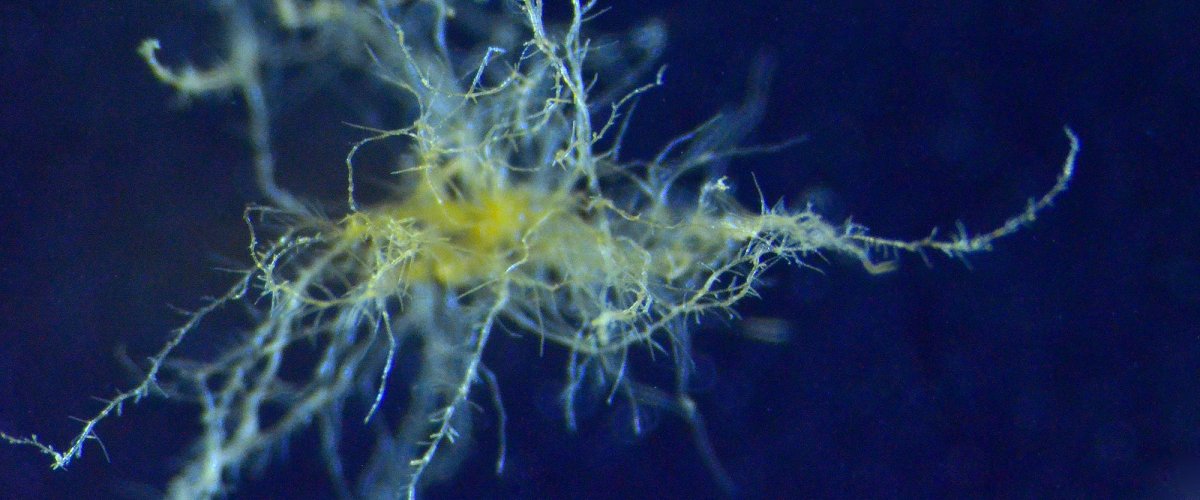A LIFE CYCLE APPROACH TO SPECIES BARRIERS
A HIGHLIGHT WAS PUBLISHED BY KERSTIN JOHANNESSON1 IN VOLUME 26, ISSUE 3, OF MolECULAR ECOLOGY ON THE PAPER PUBLISHED BY ALEJANDRO MONTECINOS AND COLLABORATORS2.
What maintains reproductive barriers between closely related species is, of course, of fundamental interest to a closer understanding of the mechanisms that generate new biodiversity. One important dichotomy is to separate barriers evolved from divergent selection over environmental gradients (extrinsic barriers) from barriers caused by incompatibilities between different genetic arrangements that may have evolved in isolation (intrinsic barriers). This dichotomy also reflects an important applied consequence. As the extrinsic barriers are associated with specific environmental contexts, they may be partly or completely erased if the environment changes. In contrast, intrinsic barriers are inert to the environmental context and resistant to environmental changes. From a conservation biology perspective, it may thus be important to be able to separate extrinsic and intrinsic species barriers, but this may in many organisms be a complex matter. In this issue of Molecular Ecology, Montecinos et al. (2017) found a tractable approach that works for species with life cycles that include two reproductive but ecologically similar generations, one haploid and the other diploid. What they demonstrate is that using a life-cycle approach offers a unique possibility to separate between prezygotic and postzygotic barriers. Indeed, in the case of an isomorphic life cycle, there is even a possibility to suggest whether postzygotic barriers are more likely to be intrinsic or extrinsic. In this way, their approach may be useful both to increase our understanding of the basic mechanisms of speciation and to single out when species barriers will better resist environmental changes.
1Johannesson K (2017) A life-cycle approach to species barriers. Molecular Ecology 26, 3321-3323.
2Montecinos AE, Guillemin ML, Couceiro L, Peters AF, Stoeckel S, Valero M (2017) Hybridization between two cryptic filamentous brown seaweeds along the shore: Analysing pre‐and post‐zygotic barriers in populations of individuals with varying ploidy levels. Molecular Ecology. 26, 3497-3512








